
|
FAQ |

|
1. As a physician, why do I need a
Videonystagmography (VNG) system and a Posturography/balance plate
testing and treatment system?
Until recently, most busy physician practices had very little to offer
patients with complaints of dizziness, vertigo, disequilibrium and
unsteady balance. 20th century medicine involved prescribing
antihistamine medications such as Meclizine to treat vertiginous
symptoms; however, these antiquated strategies provided no cures. 21st
century advances in technology now allows any type of physician to
easily assess these types of complaints. Differential diagnoses can be
easily and accurately accomplished in-office and the patient can begin
standardized treatment protocols immediately.
2. What is a Videonystagmography (VNG) device?
VNG is a non-invasive, non-pharmaceutical technology that provides an
objective differential diagnosis of the cause of dizziness, vertigo,
unsteadiness and other balance disorders using normative data. It
assists the physician in differentiating between peripheral and central
nervous system disorders which is crucial in determining the proper
course of treatment.
Patterns of eye movements are recorded and produce data which allows for
specific pathology determinations.
Key components of the equipment
a) Infrared goggles/camera system
b) Caloric air irrigation system
c) Laptop computer
d) VNG software
3. What are some of the disorders & pathologies that
will be diagnosed by VNG testing?
a) Patients at risk for falls
b) Patients with BPPV
c) Peripheral nervous system vertigo
d) Central nervous system vertigo
e) Patients with vestibular labyrinthitis/neuronitis
f) Patients with vestibular ototoxicity
g) Meniere’s disease
h) Acoustic neuroma/vestibular schwannoma
i) Patients with initial stroke symptoms
j) Patients with head trauma/concussions*
4. *Can VNG testing assist in diagnosing concussions/head trauma?
Major institution are now producing studies showing the direct
relationship between eye tracking (directly measure by VNG testing) and
patients with head trauma/post concussion. MedTrak VNG is now in the
process of assisting these institutions with these studies.
5. How long does a VNG test take to perform?
The technical component of this test takes approximately 40 minutes with
a cooperative patient.
6. Can the test be performed by a technician?
This test is considered general supervision (level 1) and is performed
by a technician.
General supervision means the procedure is furnished under the
physician’s overall direction and control, but the presence of the
physician is NOT required during the performance of the
procedure.
7. Is VNG equipment mobile?
Yes. MedTrak’s VNG equipment is easily moved from exam room to exam room
or between multiple offices. In fact it was designed to be utilized by
mobile testing services. Medtrak VNG equipment does not use light bars
or projectors. The patient's eye and all icons appear directly on the
computer display.
8. How much space is required for VNG equipment?
MedTrak’s VNG equipment requires a simple exam room with an exam table
and swivel chair. This equipment does not require a dedicated room. The
equipment can be stored on a cart and taken out for testing.
9. Are there any contraindications for performing a VNG test?
There are very few contraindications for VNG testing.
An example would be a patient with a torn tympanic membrane. Only a
partial test could be performed since no caloric irrigation would be
done for that ear.
Another example would be a patient with one functioning eye. Only a
partial test could be performed because this patient could not perform
the oculomotor portion of the test.
10. Are there any side effects as the result of a VNG test?
Short term: VNG testing intentionally induces a patient’s nystagmus and
dizziness, therefore, on very rare occasions, a patient might become
nauseous.
Long term: There are none we are aware of.
11. What is posturography/balance plate (force plate) testing and
treatment?
Posturography/balance plate (force plate) testing is a physical
performance test utilizing non-invasive, non-pharmaceutical technology
in order to objectively assess a patient’s balance. All three systems of
equilibrium (vision, vestibular and somatosensory) are measured and
compared to age matched normative data.
Utilizing the patient’s height and age, limits of stability and
age-matched norms, the patient’s standing balance is then measured,
recorded and compared while standing on a force plate with variable
surfaces, eyes opened and closed, producing graphs and data from which
the practitioner can analyze and determine the patient’s weakest balance
systems and their risk for falling. This assists in determining the
appropriate treatment plan and provides an objective baseline for
measuring patient progress*.
This testing equipment doubles as a treatment device by which the
patient can be run through a battery of individualized treatment
programs specifically designed and targeting the specific deficits and
diagnoses made through VNG and balance plate test results.
*Initial testing gives the practitioner baseline objective results for
the patient's Limits of Stability and Clinical Sensory Integration &
Balance. Follow up testing, following treatment protocols, can then be
measured and compared to the baseline, in order to determine patient
progress.
Key components of the balance plate equipment:
a) Force plate
b) Perturbed surface
c) Lap top computer
d) Testing and treatment software
12. How long does a posturography/balance test take to perform?
The technical component of a posturography test takes 10-15 minutes.
13. Can this test be performed by a technician?
Yes. This test is considered level one supervision and is performed by a
technician.
14. How long does balance and vestibular rehab/treatment typically
take?
Most rehabilitation/treatment sessions last between 30-60 minutes.
15. How much space is required for posturography
equipment?
Very little space is required and this equipment does not require a
dedicated room. The equipment can be stored in a closet or on a cart and
taken out for testing.
16. What insurances carriers reimburse for these tests?
All types of carriers reimburse for VNG and balance testing including:
Medicare, Medicaid, private insurance carriers, workers comp and
no-fault.
We are unaware of any carriers that do not pay for vestibular studies (VNG)
and/or balance testing and treatment.
Each state and each carrier may have different reimbursement rates and
policies, therefore, all physicians should check with their local
carriers for rates, LCD’s and general policies.
17. What are the reimbursement codes and what is the approximate
reimbursement?
|
Vestibular (VNG) study (Global): |
| $110.00 |
92540 |
Basic vestibular study (bundles 92541, 92542, 92544, 92544) |
| $60.00 |
92543 |
Caloric ear irrigations-binaural bithermal stimulation (4
units) |
| $120.00 |
92546 |
Sinusoidal vertical axis rotation testing |
| $30.00 |
92547 |
Vertical eye recordings |
| $35.00 |
69210 |
Impacted cerumen removal utilizing instrumentation |
| $30.00 |
99212 |
Office examination |
| VNG testing 92540 (which bundles 92541,
92542, 92544 and 92545) 92543, 92546 and 92547 can be billed
globally or broken into technical and professional components |
|
Posturography testing and treatment: |
| $120.00 |
92548 |
Posturography test |
| $35.00 |
97750 |
Physical performance test with report |
| $80.00 |
97001 |
Initial Evaluation |
| $35.00 |
97110 |
Therapeutic Excercise |
| $35.00 |
97112 |
Neuromuscular reeducation |
| $30.00 |
97116 |
Therapeutic procedure-gait training |
| $30.00 |
97140 |
Manual techniques |
| 92548 Posturography testing can be billed
globally or broken into technical and professional components |
18. Does the “benefit of owning” this equipment provide for
additional sources of revenue?
Yes. Some owners of VNG and posturography equipment rent their equipment
on a daily rental basis, at fair market value, to other providers.
Looking at standards and examples in the vestibular industry reveals
typical daily rentals ranging from between $500-$1,000 for half day and
full day rentals.
Fair market value varies from state to state and should be verified by
each equipment owner prior to beginning rental programs.
19. How do third party payors and the federal government feel about
these tests?
It has been well documented that third party payors, in general, are
extremely interested in properly diagnosing and treating patients with
dizziness, vertigo, disequilibrium and unsteady balance as it is a great
cost savings for them in the long term.
As far as the federal government is concerned, falls in the elderly are
extremely costly and it is an exploding problem that must be contained.
They encourage physicians to take up the challenge of providing proper
diagnosis and care for these problems and, as such, have put forth
several pieces of legislation regarding this matter.
The Elder Fall Prevention Act of 2003 followed up by the creation of
The “Keeping Senior Safe From Falls Acts” of 2004 and 2007, clearly
address the need for appropriate testing and treatment measures
utilizing 21st century technologies.
20. How are test results interpreted?
Both the VNG and Posturography equipment produces a print out of graphs
and numbers which can be interpreted by the referring physician.
Posturography tests results are compared to aged matched normative data
and produce instantaneous results which are quickly and easily
interpreted.
For VNG results, physicians can perform their own review or they have
the option to have their VNG technician submit the test results
ELECTRONICALLY, to InterpraTM .
InterpraTM was designed to assist physicians in organizing their VNG
data, as well as, assisting physicians with creating clear narrative
reports. Additionally, physicians have the option to have a VNG
interpretation expert assist them with their test result
interpretations.
21. How will my staff be trained in the technical component of these
tests?
Several training methods have been developed for VNG and Posturography
technicians:
a) Two days of on-site in-person training by our installation and
training staff.
b) Full access to our online training video library
c) Written manuals
d) Full access to our telephone support line
e) An invitation to attend our live training courses
22. How will the physicians be trained for the professional component
of these tests?
Several training methods have been developed for physician VNG
professional component training (VNG interpretation):
a) Full access to our online training video library
b) A power point presentation
c) Normative graph instructions
d) Direct telephone support by access to Dr. Richard Newman, who is an
expert in VNG interpretations and a board certified neurologist
e) An invitation to attend our live training courses which includes our
text book on VNG interpretation and vestibular rehabilitation
23. When are the formal training courses given?
Currently we have a live training course twice a year: March and
October.
24. Is there training and support for my billing staff?
Yes. We will provide your staff with a VNG Super-bill and the initial
basics for billing vestibular and balance testing and treatment.
Additionally, your billing staff can contact a billing company utilized
for years by our distributors. They are completely familiar with this
type of billing and are up to date on all pertinent information.
25. What kind of support exists for me, my staff and who ever treats
my patients?
We have four technical support lines, two on the west coast and two on
the east coast available to take calls seven days a week. These lines
are staffed by experts in their fields, including a board certified
neurologist, a physical therapist, a computer/IT specialist and
equipment engineers. These experts have been performing this type of
support for more than a decade.
26. How long is the warranty?
All quality engineered and manufactured products of the VNG and
Posturography devices are warranted to be free from defects in materials
and workmanship for one year from the date of purchase.
27. How are parts and services handled?
MedTrak VNG, Inc. is regulated by the FDA and maintains a complete
manufacturing and repair facility. It is able to handle any and all
requests for parts and/or service.
Additionally, many service and troubleshooting matters are usually
easily accomplished by our technical support lines.
28. Does this equipment need calibration?
No. Neither the VNG equipment or Posturography equipment ever needs
calibration.
29. How long has this technology been around?
Both VNG and Posturography testing has been around for more than a
decade.
30. Is the VNG equipment regulated by the FDA?
Yes. VNG equipment is considered a class 2 medical device and has a 510
k clearance by the US FDA.
31. Why MedTrak VNG and not one of its competitors?
The president of MedTrak VNG, Inc. and it’s sister companies, Interpra,
Inc., SCOTTPT.com and S & S Health Products, Inc., has been a clinician
(PT) for about 30 years. It is our mission to provide practitioners with
a comprehensive program and a complete continuum of care.
Over the past decade plus, the MedTrak brand has provided US customers
with thousands of reliable VNG and balance testing systems.
MedTrak VNG customers are not just purchasing equipment. They are
purchasing a state-of –the-art, “turn key” operation in which MedTrak
VNG provides:
a) Quality equipment proven in the field to be long lasting and reliable
b) State-of-the-art software
c) Sophisticated training programs
d) Professional component (InterpraTM ) organized and complete narrative
reports
e) 7 day a week support
f) Patient rehabilitation protocols, programs and sanctioned CEU credit
training courses
g) Programs which allow practitioners to provide accessible in-office
care for their previously undiagnosed patients while adding significant
revenue sources to their practices

|
EQUIPMENT |

|
|

LAPTOP COMPUTER WITH VNG SOFTWARE & DRIVERS LOADED |
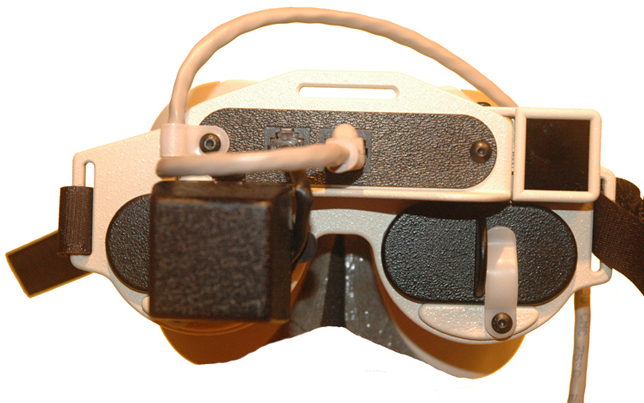
VNG GOGGLE ASSEMBLY |
|
|
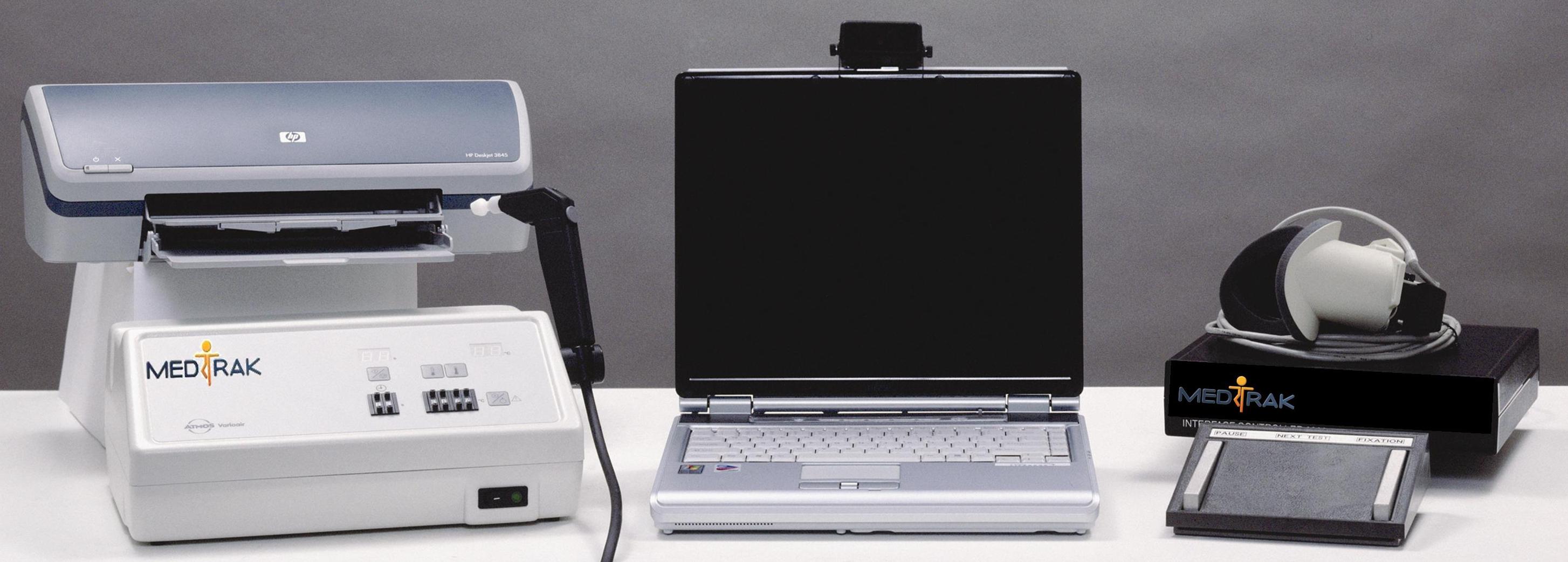
VNG
EQUIPMENT |
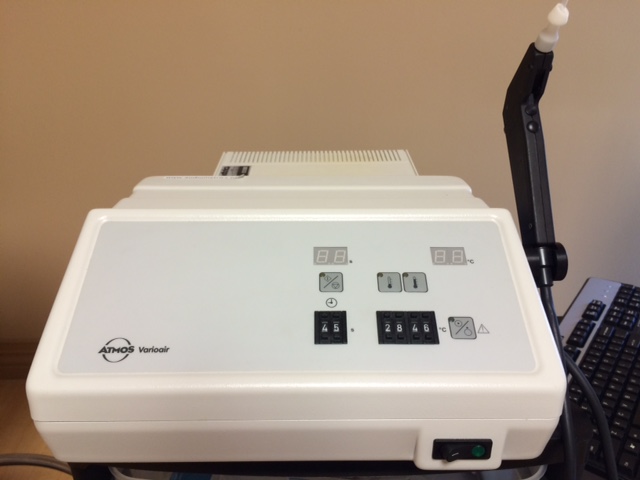
ATMOS
VARIOAIR CALORIC IRRIGATOR |
|
|
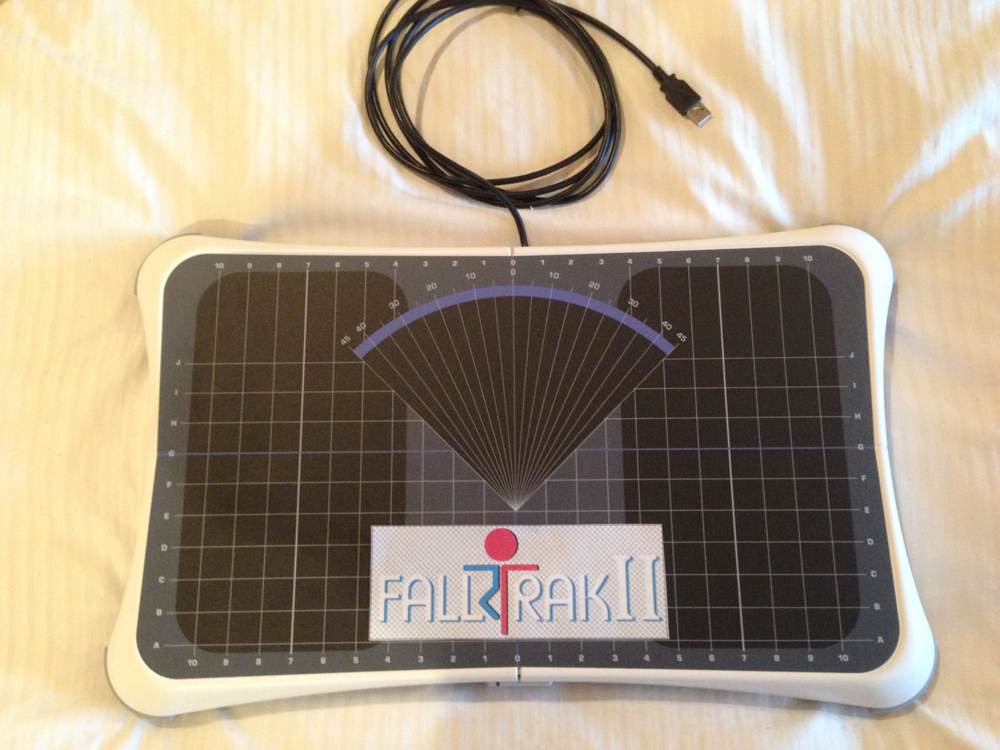
FALLTRAK II FORCE PLATE |
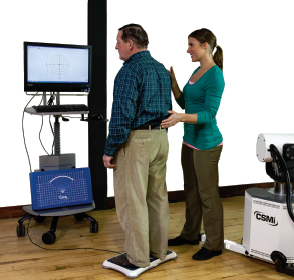
FALLTRAK II SYSTEM |
|
|
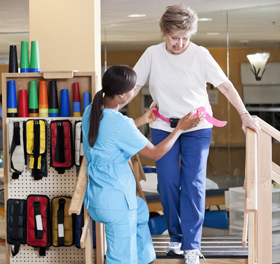
PHYSICAL THERAPY/VESTIBULAR REHABILITATION |
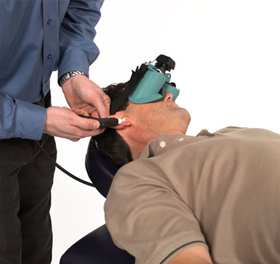
VNG
TECHNICIAN TRAINING |
|
|
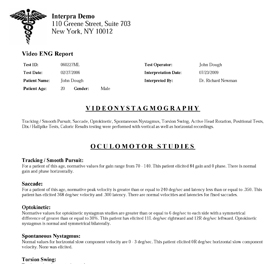
VNG
DATA INTERPRETATION VIA INTERPRA |
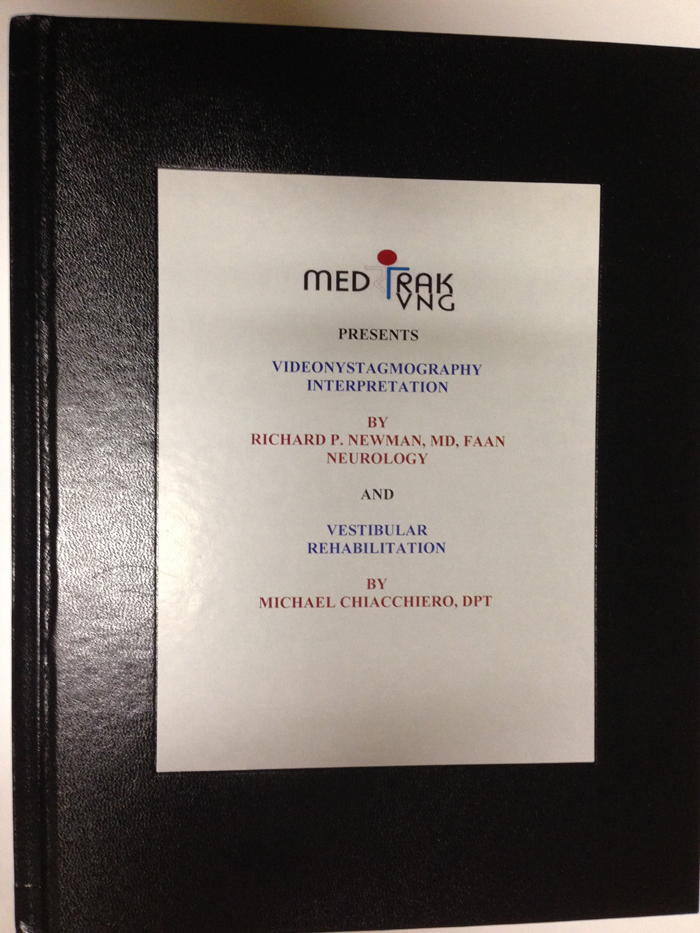
FORMAL TRAINING COURSES AVAILABLE |
|
|
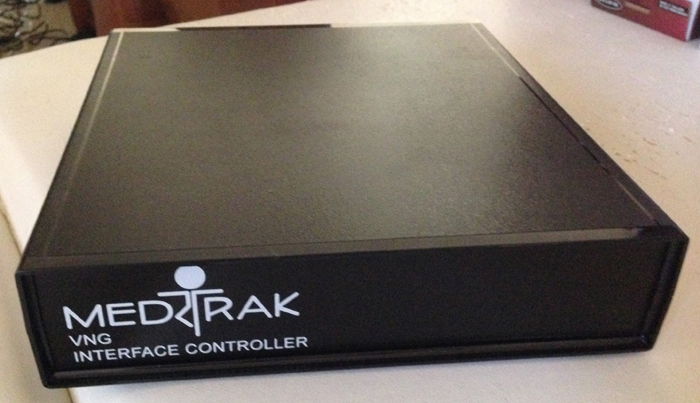
VNG
INTERFACE CONTROLLER |
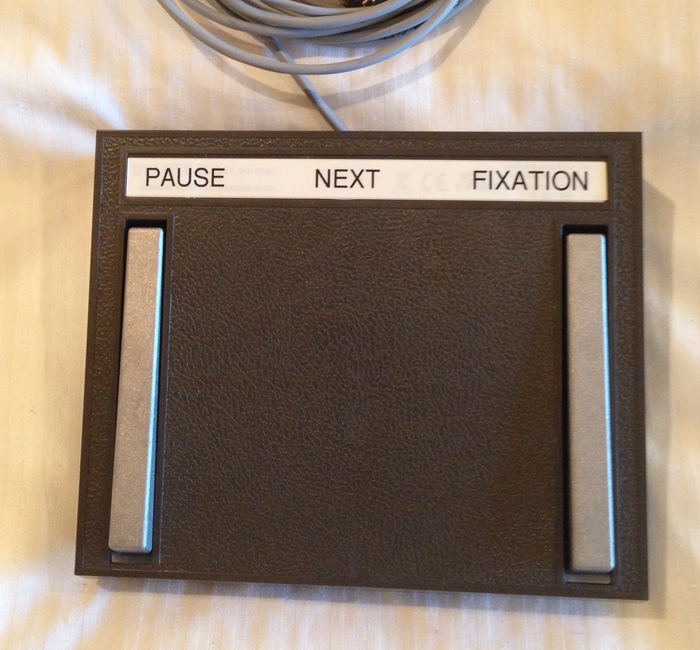
VNG
FOOT SWITCH CONTROL |
|
|
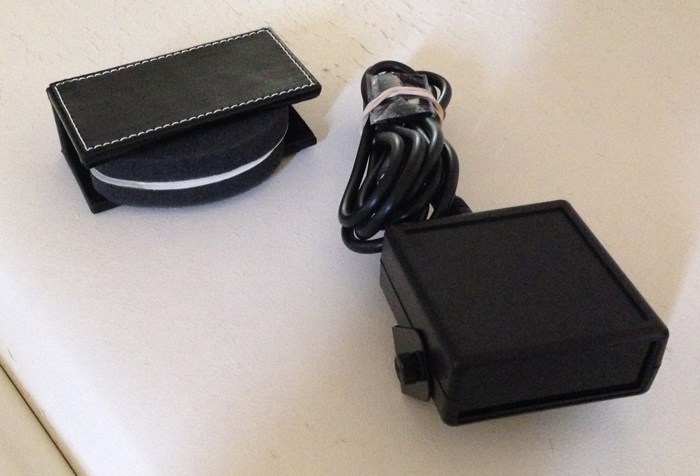
ACTIVE HEAD ROTATION/VOR TESTING |
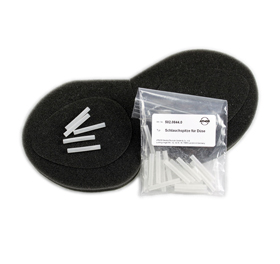
VNG
DISPOSABLES |
